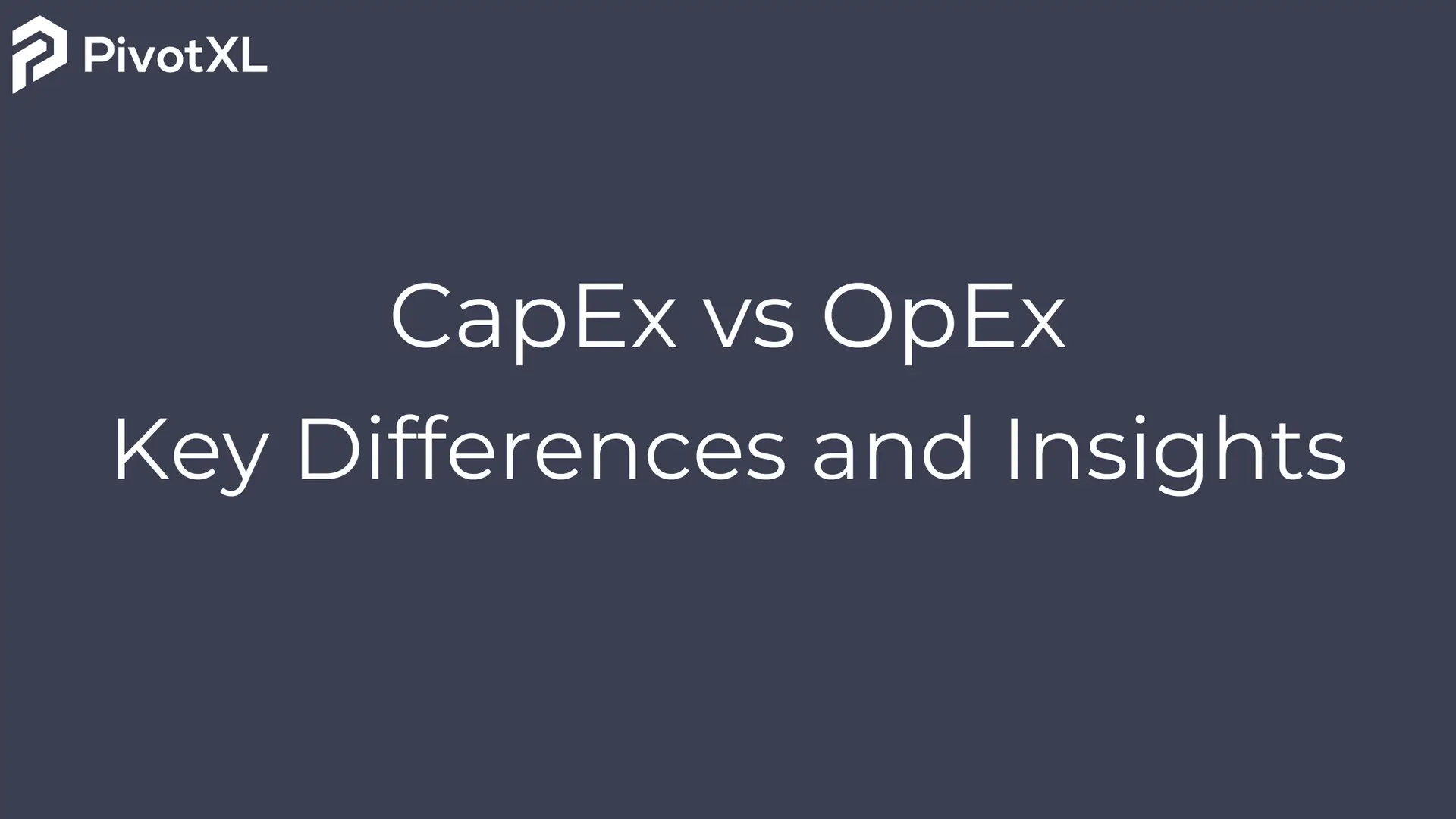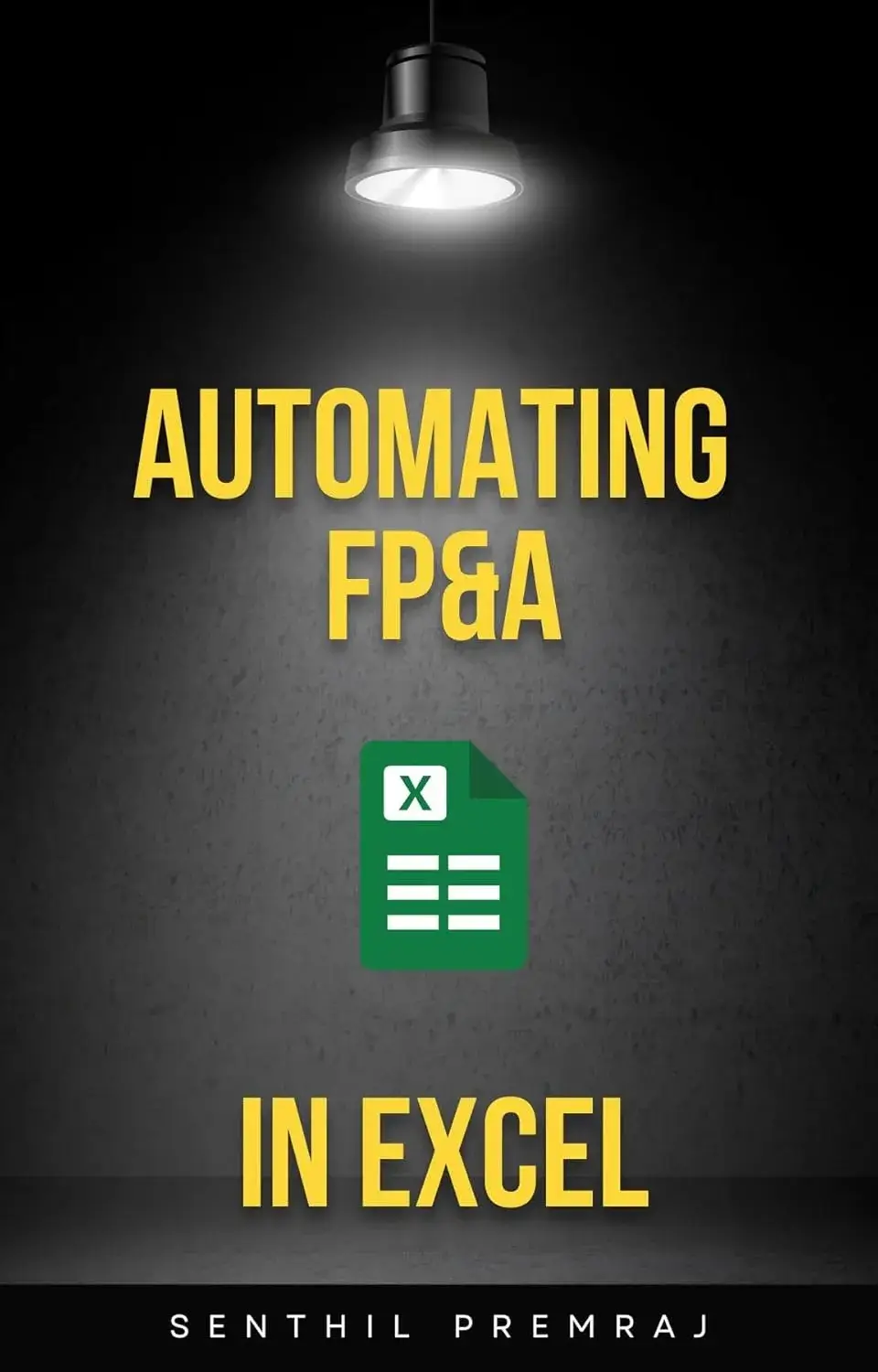Understanding the differences between Capital Expenditures and Operating Expenses (CapEx vs OpEx ) is crucial for financial planning and effective decision-making in any organization. This guide provides a comprehensive overview of the two concepts, their implications, and how businesses can leverage them for growth.
What Is the Key Difference Between CapEx and OpEx?
The main distinction between CapEx vs OpEx lies in their nature and impact:
- CapEx involves long-term investments in physical or intangible assets, which are capitalized and depreciated over time.
- OpEx encompasses day-to-day operational costs, which are expensed immediately.
On financial statements:
- CapEx is listed as Property, Plant, and Equipment (PP&E) under investing activities in the cash flow statement.
- OpEx appears under operating activities in the cash flow statement.
In terms of taxes:
- CapEx spreads tax deductions over the useful life of the asset, reducing taxable income incrementally.
- OpEx provides immediate tax benefits since it is fully deductible in the year it is incurred.
What Is a Capital Expenditure (CapEx)?
Capital expenditures are payments made to acquire goods or services expected to provide lasting benefits. Typically, CapEx investments have high initial costs but improve a business’s functionality and value over time.
Examples of Capital Expenditures
- Tangible assets like machinery, vehicles, or equipment
- Building construction or renovation
- Intangible assets like patents or trademarks
- Technology and software upgrades
- Research and development (R&D)
Formula for Calculating CapEx
To calculate CapEx:
CapEx = (PP&E (prior period) – PP&E (current period)) + Depreciation (current period)
This calculation helps businesses determine the total investment in capital assets over a specific period.
Advantages of CapEx
- Long-term asset acquisition: Supports sustained growth and stability.
- Improved efficiency: Modern assets often increase productivity and reduce downtime.
- Competitive advantage: Investments in high-quality assets enhance market positioning.
- Increased revenue potential: Greater operational capacity enables businesses to meet higher demand.
- Tax benefits through depreciation: Gradual reductions in taxable income over an asset’s useful life.
Challenges of Managing CapEx
- Budget allocation constraints: Balancing competing priorities.
- Regulatory compliance: Ensuring adherence to legal mandates.
- Risk management: Avoiding cost overruns and project delays.
- Long-term impact: Planning for scalability and evolving technologies.
- ROI measurement: Accurately assessing the financial return of investments.
What Is an Operating Expense (OpEx)?
Operating expenses refer to the regular costs required to maintain and run a business. These expenses support daily operations but do not directly create long-term value or revenue.
Examples of Operating Expenses
- Rent or lease payments
- Property taxes
- Salaries and wages
- Utilities
- Administrative costs
- Insurance
Formula for Calculating OpEx
OpEx = COGS + Operating Expenses
In this formula:
- COGS (Cost of Goods Sold) covers production-related costs.
- Operating expenses include other recurring costs such as rent, salaries, and utilities.
Advantages of OpEx
- Flexibility: Adapt spending based on operational needs.
- Immediate tax benefits: Fully deductible in the year incurred.
- Simplified budgeting: Easier to forecast recurring costs.
- Adjustability: Quickly scale operational costs as needed.
- Streamlined financial reporting: Immediate expense recognition simplifies financial planning.
Challenges of Managing OpEx
- Cost control: Unpredictable fluctuations in variable costs.
- Market volatility: Exposure to changes in commodity prices or inflation.
- Talent management: Balancing competitive compensation with budget constraints.
- Technology costs: Strategically upgrading technology while managing budgets.
Comparing CapEx and OpEx
1. Types of Investments
- CapEx: Significant, long-term investments (e.g., new equipment, facilities).
- OpEx: Recurring operational costs (e.g., salaries, utilities).
2. Accounting Treatment
- CapEx:
- Recorded as PP&E on the balance sheet.
- Depreciated or amortized over time.
- Listed under investing activities in the cash flow statement.
- OpEx:
- Recorded as part of the income statement under COGS or operating expenses.
- Fully expensed in the period incurred.
- Listed under operating activities in the cash flow statement.
3. Tax Implications
- CapEx: Tax deductions are spread over the asset’s useful life through depreciation.
- OpEx: Tax-deductible in the year incurred, offering immediate benefits.
4. Cash Flow Impact
- CapEx: Large upfront costs may temporarily reduce cash flow but enhance productivity and revenue over time.
- OpEx: Smaller, predictable costs that maintain operational stability.
Depreciation Methods for CapEx
Businesses use various depreciation methods to account for CapEx assets over time. Common methods include:
- Straight-Line Depreciation: Spreads costs evenly over the asset’s useful life.
- Double Declining Balance: Accelerates depreciation in the early years.
- Units of Production: Bases depreciation on usage or production output.
Industry Examples of CapEx and OpEx
Capital Expenditure Examples
- Manufacturing: Machinery and factory infrastructure.
- SaaS: Software development and security measures.
- Real Estate: Property acquisition and renovations.
- Healthcare: Advanced medical equipment and facility expansion.
Operating Expense Examples
- Retail: Inventory costs and employee salaries.
- Food Service: Ingredients and rent.
- Hospitality: Utilities and staffing costs.
Conclusion
Understanding the distinctions between CapEx vs OpEx equips businesses to make informed financial decisions, optimize budgets, and plan for growth. By balancing long-term investments with operational efficiency, companies can achieve both stability and scalability.
For an efficient way to track, manage, and forecast your CapEx vs OpEx, consider using PivotXL. PivotXL integrates seamlessly with your spreadsheets to simplify financial analysis, enhance data accuracy, and support strategic decision-making. Leverage PivotXL to save time on data management and focus on driving business performance.




